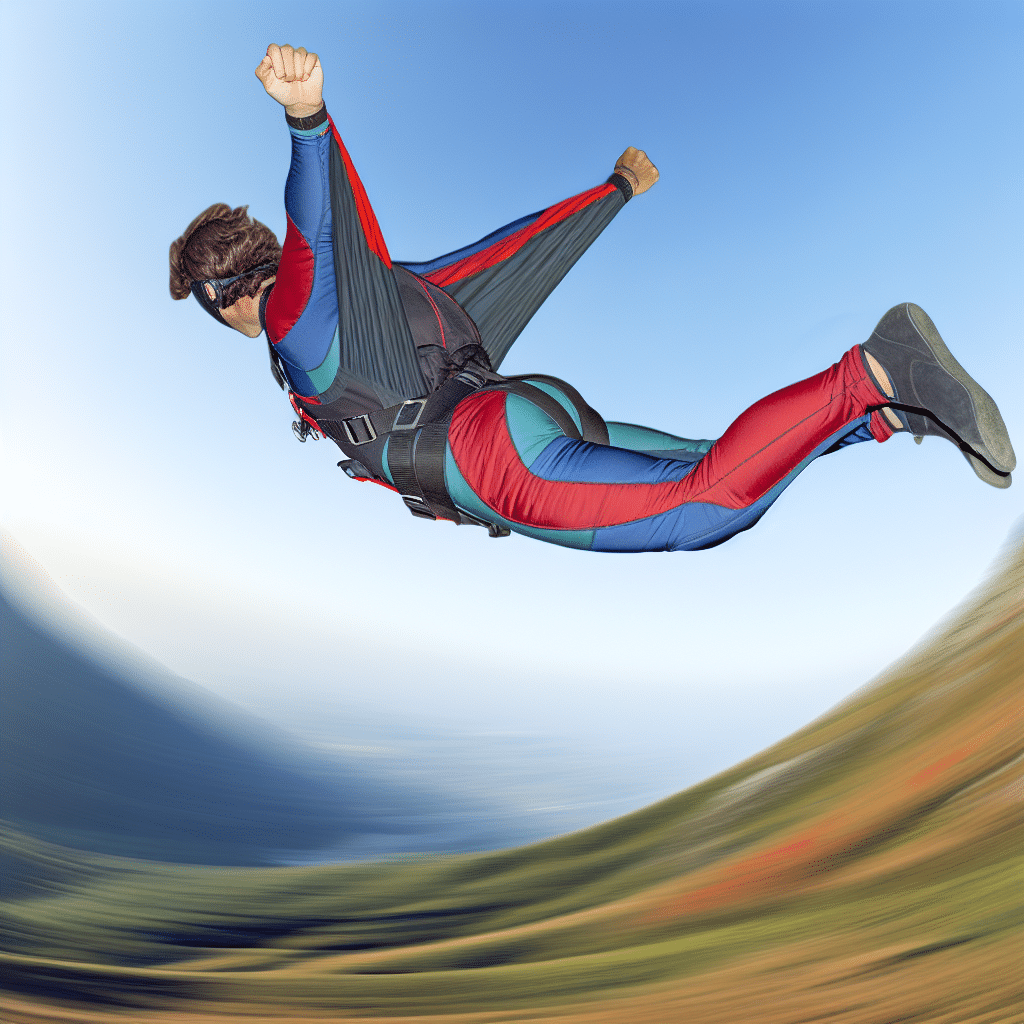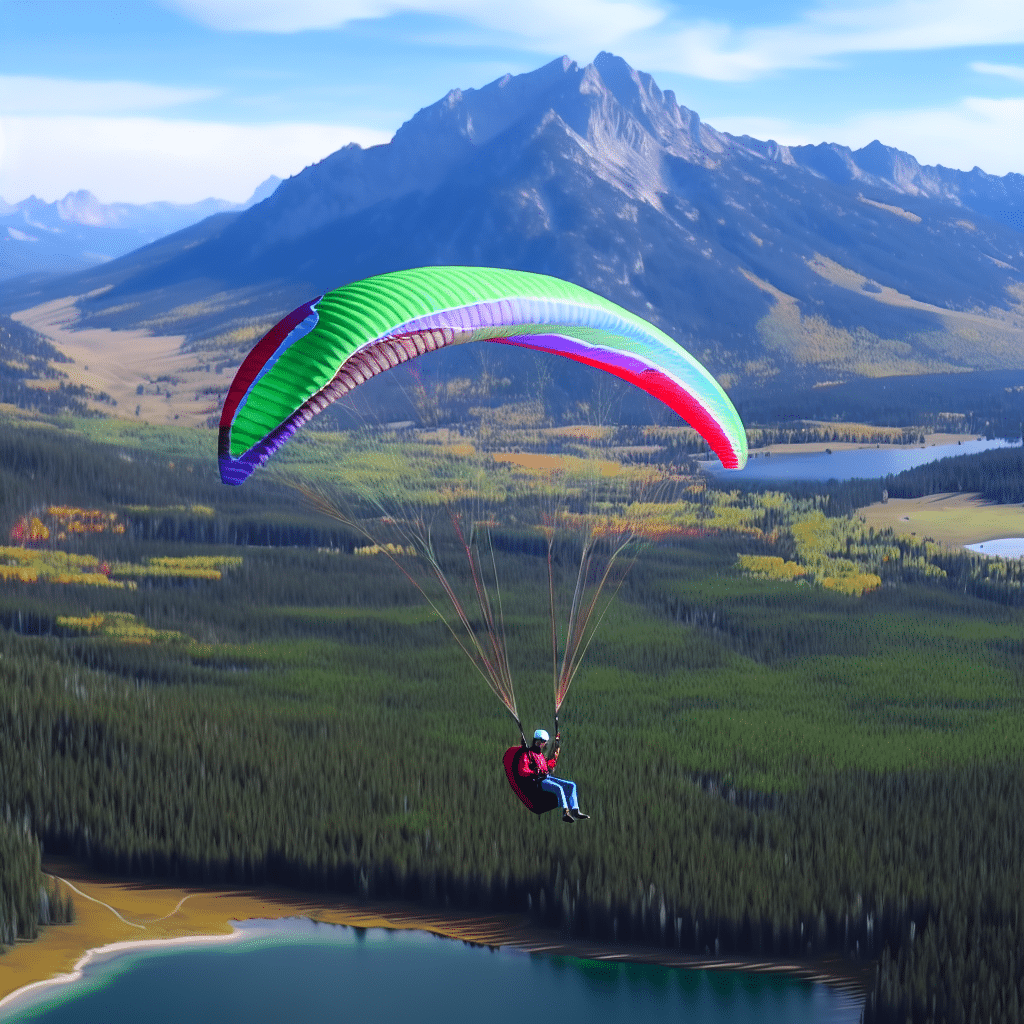Step into the extraordinary world of proximity wingsuit flying, an extreme sport that pushes the boundaries of human capability and bravery. Unlike traditional skydiving or wingsuiting, proximity flying involves navigating extremely close to terrain—be it mountains, cliffs, forests, or buildings—creating a breath-taking experience that is as dangerous as it is exhilarating.
What is Proximity Wingsuit Flying?
Proximity wingsuit flying is more than just a high-adrenaline sport. It’s the art of maneuvering through the air in a wingsuit, a specially designed jumpsuit that increases surface area to enable a form of glide flight. Unlike traditional wingsuit flying where the main objective is to glide for extended periods, proximity wingsuit flying adds an extra layer of complexity and risk by requiring pilots to fly close to natural and man-made obstacles.
The Appeal of Proximity Wingsuit Flying
For many, the allure of proximity wingsuit flying lies in the unparalleled sense of freedom and adrenaline it provides. Flying at high speeds just meters away from rocky cliffs and dense forests offers an intense, immersive experience akin to that of birds. The thrill is not just in the flight but also in the meticulous planning and precise execution required to safely navigate through these challenging environments.
The Risks Involved
With great thrills come great risks. The margins for error in proximity wingsuit flying are incredibly slim. A misjudgment in trajectory or a sudden gust of wind can have catastrophic consequences. Unlike other extreme sports where safety measures like harnesses or padded suits offer protection, proximity flying often leaves pilots with minimal room for error.
The Gear You Need for Proximity Wingsuit Flying
The gear used in proximity wingsuit flying is specialized and highly advanced, designed to provide both performance and safety. Here are some of the essential pieces of equipment:
Wingsuit
The wingsuit is the primary tool in proximity flying. Made from high-strength, lightweight materials, wingsuits feature fabric wings attached between the legs and under the arms, allowing pilots to glide horizontally through the air. Modern wingsuits come with various designs tailored for different flying styles and levels of experience.
Helmet and Goggles
A high-quality helmet is non-negotiable. Equipped with built-in communication systems and sometimes cameras, helmets also serve the crucial function of protecting the head during flight and any unfortunate impacts. Goggles protect the eyes from wind and debris, ensuring clear vision throughout the flight.
Altimeter and GPS
Precision is key in proximity flying, making altimeters and GPS systems indispensable. Altimeters assist pilots in maintaining the correct altitude, while GPS systems provide real-time data on location, speed, and trajectory, aiding in navigation and planning.
How to Get Started with Proximity Wingsuit Flying
If you are captivated by the idea of proximity wingsuit flying, the first step is to gain experience in skydiving and wingsuit flying. Here’s a brief roadmap to get you started:
Step 1: Skydiving Certification
Before you can even consider wingsuit flying, it’s crucial to earn a skydiving license. Most skydiving schools offer programs that guide you from your first tandem jump to becoming a licensed skydiver. Understanding the basics of freefall, parachute deployment, and landing is essential.
Step 2: Wingsuit Training
Once you’re a proficient skydiver, the next step is to transition into wingsuit flying. Specialized training programs teach you how to handle the wingsuit, focusing on body positioning, flight control, and navigation.
Step 3: Advanced Proximity Flying Courses
After mastering basic wingsuit flying, you can enroll in advanced courses specifically focused on proximity flying. These programs often include theoretical lessons on aerodynamics and flight planning, as well as practical, supervised jumps.
Famous Spots for Proximity Wingsuit Flying
Various locations around the world are renowned for their suitability for proximity wingsuit flying, featuring dramatic landscapes and challenging terrains.
The Swiss Alps
Arguably one of the most iconic locations for proximity wingsuit flying, the Swiss Alps offer breathtaking scenery combined with challenging terrains. Jungfrau and Eiger peaks are popular spots, attracting skilled pilots from around the globe.
Norway’s Fjords
Norway’s stunning fjords provide another spectacular backdrop for proximity flying. Locations like Kjerag and Lysefjord offer steep cliffs and deep valleys, presenting both opportunities and challenges for wingsuit pilots.
California’s Yosemite National Park
Yosemite’s towering rock formations and expansive landscapes make it a favorite among proximity wingsuit flyers in the United States. El Capitan and Half Dome are particularly popular sites.
Is Proximity Wingsuit Flying for You?
Proximity wingsuit flying is not for the faint of heart. It demands not only physical skill but also immense mental fortitude, meticulous planning, and the willingness to embrace risk. If you are driven by the thrill of pushing limits and possess the dedication to master this extreme sport, proximity wingsuit flying offers a uniquely exhilarating experience that few adventures can match.
So, are you ready to take flight and skim the rugged cliffs and towering trees, experiencing the world from a perspective few ever will? Proximity wingsuit flying awaits those daring enough to take the plunge—literally—and soar through the skies.




